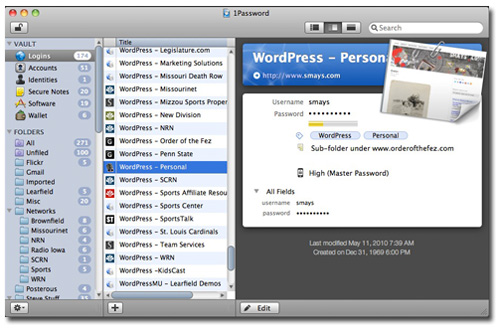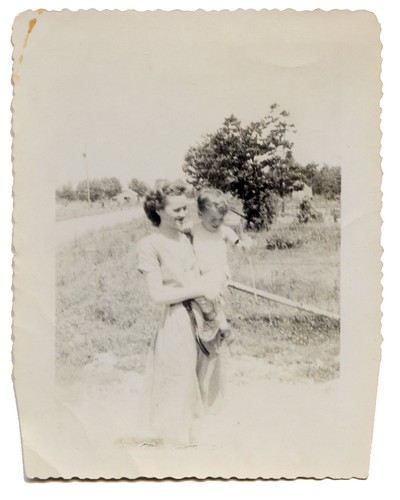That’s just one of the findings in the latest State of the News Media annual report from the Pew Project for Excellence in Journalism
“Fully 236 million Americans listened to at least some radio in an average week in the fall of 2009, a number that has been basically static for the past five years, and news/talk/ information remains among the most popular formats. NPR’s audience in 2009 rose slightly, up 0.1%, from 2008. But new technology is encroaching on the amount of traditional radio use. More than 4 –in 10 Americans now say they listen to less terrestrial radio due to iPod/MP3 use, and nearly 1in 3 now say they listen to online radio.”
Traditional broadcast radio experienced an 18% drop in ad revenue in 2009 compared to 2008. Internet and mobile radio revenues are growing (a projected 9.4%), but they do little to alleviate the pressure – counting for less than one fortieth of total. In satellite radio, SiriusXM in 2009 increased its revenue 3.7%, compared with a year earlier, to 2.5 billion compared to 2008. The company, however, both before and after the merger, has continued to report net losses in each of the last three years. In 2009 SiriusXM posted a net loss of $441 million.
The number of stations identified by Arbitron as news/talk/information rose in 2009 to 1,583, up from 1,533 in 2008. This category is broadly defined and includes a large amount of talk programming. But all-news stations make up a much smaller category. In 2009, there were just 27 commerical stations around the country that listed themselves as all news, down from 31 the year before. And even here the label is self-defined and may include talk or other less news-oriented programs. In commercial radio, local all-news stations now tend to be limited to only the largest markets.




